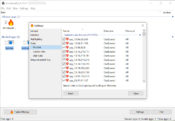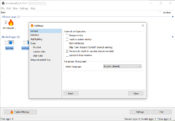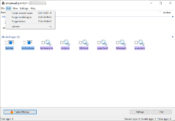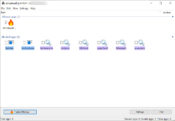- Review
Simplewall presents a very easy and effective way to configure your Windows Filtering Platform and decide which applications and services get to run on your computer at launch and which ones you want to block.
With a Windows Filtering Platform (WFP), you’ll be able to filter data on your network and decide which applications are allowed on your computer and your network. They work to protect you against certain malware programs, which can run on your computer without the firewall detecting it.
But with simplewall, you’ll be able to set your filters for the Windows Filtering Platform and override the generic rules and filters that are set on WFP upon installation of your Windows operating system.
It gives you more control over which programs are allowed to run on your computer and network and which ones get blocked.
Change Filters, Block Protocols, And Stay Safe
Filters are rules you can apply to your network to block or allow some processes or services to run. When you first want to install this application, you’ll have to set a few filters and have them ready. And the application itself will prompt you to disable Windows Firewall in the process, but keep calm and do as it says.
You can use the app from the tray menu, which is easy. There are some security models or presets that you can use with the app.
They are the safelist, blacklist, and trust no one list. The last one is the harshest as it has the strictest filters, but it’s also the safest and will only allow necessary processes and protocols.
At the same time, you can configure, enable, and disable certain services such as DHCP, DNS, NTP, SNMP, SSDP, Windows Update, and Network Discovery. You can also control outbound and inbound protocols and connections. You have complete control of what is allowed and what is blocked.
Conclusion
Simplewall is an application that helps you apply filters to WFP, which can help you control which services and protocols are allowed or blocked.






Small and great, thanks.
The best firewall for Windows! Free, open source, simple to use, and very effective. It is much better than the rest! Too bad it doesn’t exist for Linux.